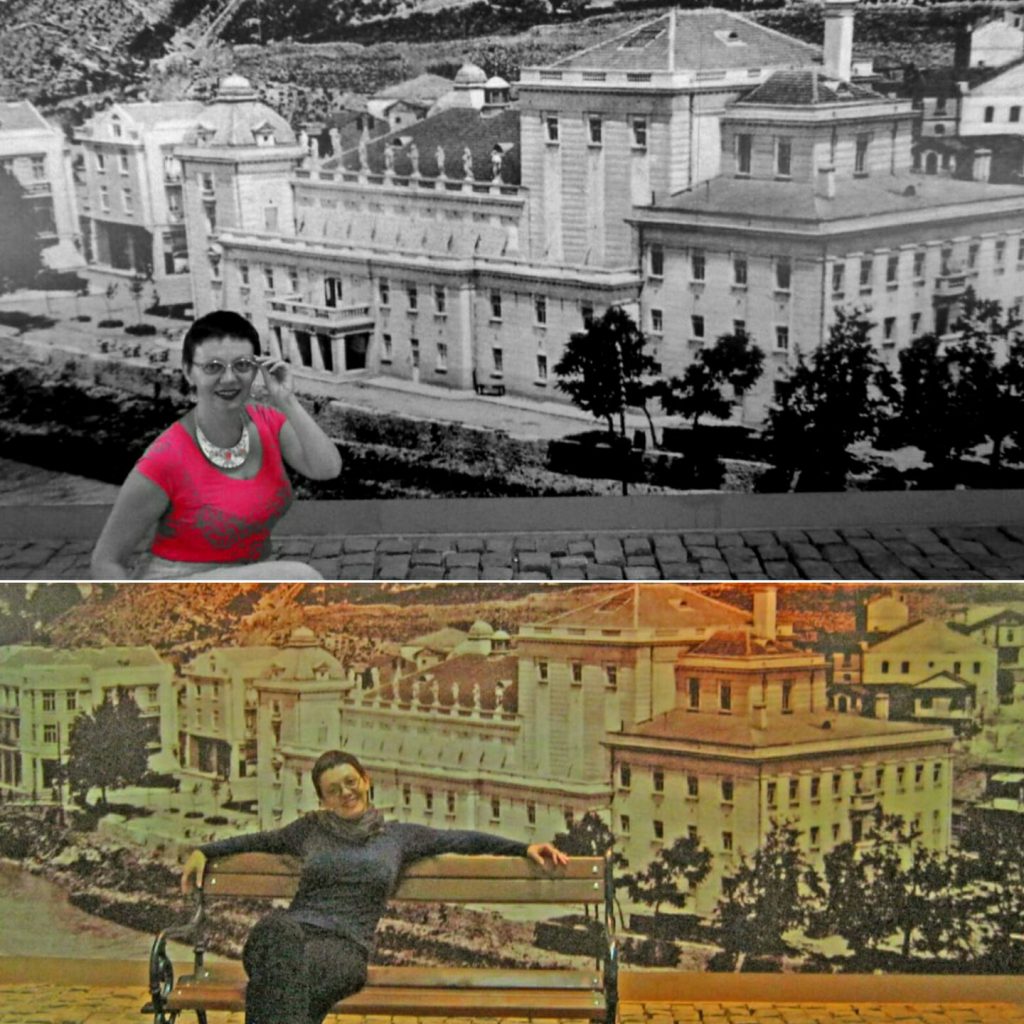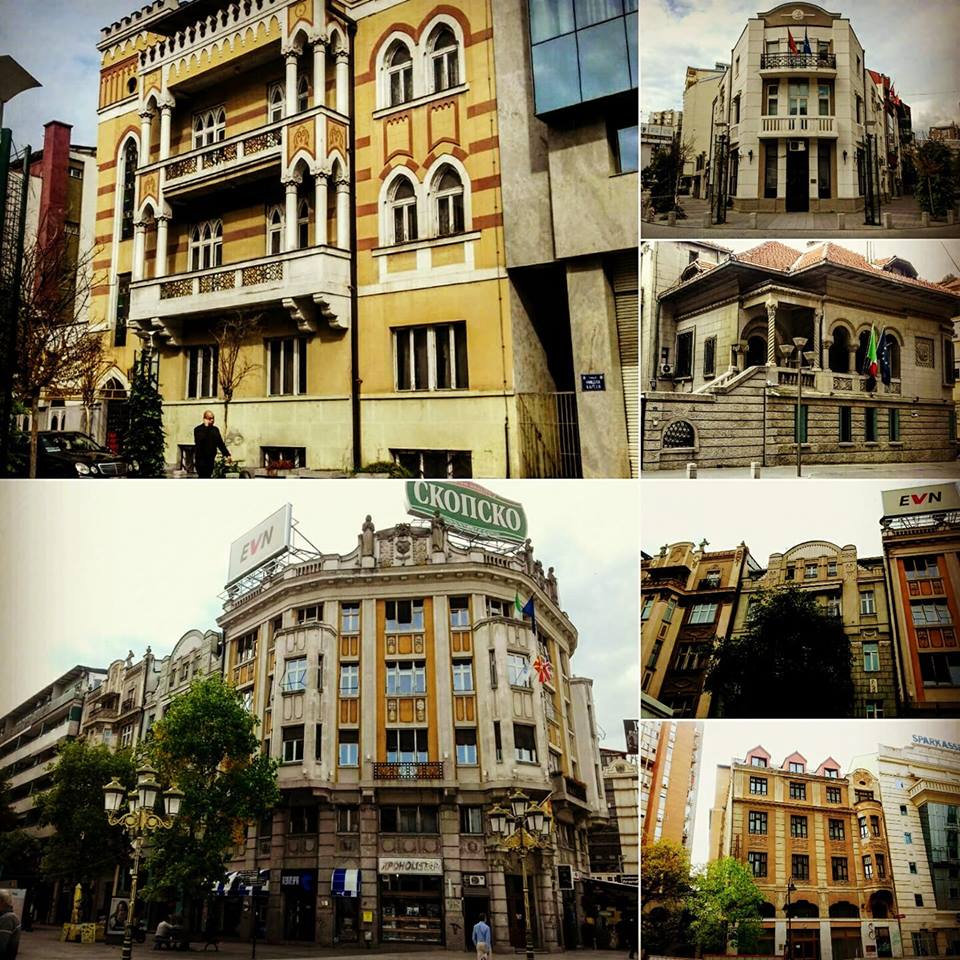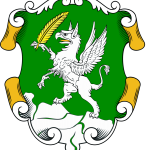Contractor: Municipality of Center
Scientific study: HAEMUS
Recently, HAEMUS finished a very extensive “Study about the intangible cultural heritage of Debar Maalo – a case study for defining the Bohemian quarter as cultural attractions based on cultural – historical and anthropological context in the last century, with emphasis on the first half of the 20th century”. The study was commisioned by the Municipality of Centar, aiming to promote the Bohemian quarter located in the Debar Maalo neighborhood, in the very heart of Skopje.

The purpose of this project is to create and shape a story for the general public which, will be the basis for promotion and popularization of the Bohemian district, as well as the beginning of the process of its establishment as a cultural attraction in Skopje. This promotion is mostly based on the intangible cultural heritage, including customs, practices, drinks, food, traditions, clothing and music, contemporary and from the past, at lest 100 years old, but includes the material heritage too.

Regarding the methodology, a multidisciplinary approach was used, in order to collect material which covers the historical period between 1910-1940. This period is crucial for the development of Skopje, when the city grew from a provincial town in the European part of the Ottoman Empire to a modern European town. Of course, in order to capture the wider context, more important events were included in the rough historical frame of some ten years before and after the indicated period. The emphasis is given on its central area, i.e. the Debar Maalo neighborhood, that still holds to its tradition.


In terms of technical specification, in addition to the original scientific research study, a detailed description of objects of cultural and historical significance found in Debar Maalo is also given, the objects that are significant as a cultural heritage for the Republic Macedonia. For the historical period 1910-1940, as an additional source, we have attached copies of the following type of original archival materials:
historical documents
travel notes
black and white or color photos
scans from old newspapers
photographs or drawings of clothing models
postcards
postage stamps
old maps

As an attachment the study contains:
– 20 original interviews with locals from Debar Maalo
– recipes of home-made meals and beverages specific for the local area and the city of Skopje.
The study additionally contains a suggestion for promotional triplet flyer, a material to serve as a basis for a promotional catalog/booklet, lists and description of 20 cooking recipes from traditional Macedonian dishes with photos and material to serve as a basis for the “Tourist Route in the Bohemian Quarter”.


We would like to thank the Museum of Macedonia, State Archives of the Republic of Macedonia (DARM) and the Museum of the City of Skopje for providing us with the archival material necessary for the study of Skopje in the first half of the 20th century. We would also like to thank all individuals, families, institutions and organizations that helped us in the preparation of this scientific research study.



